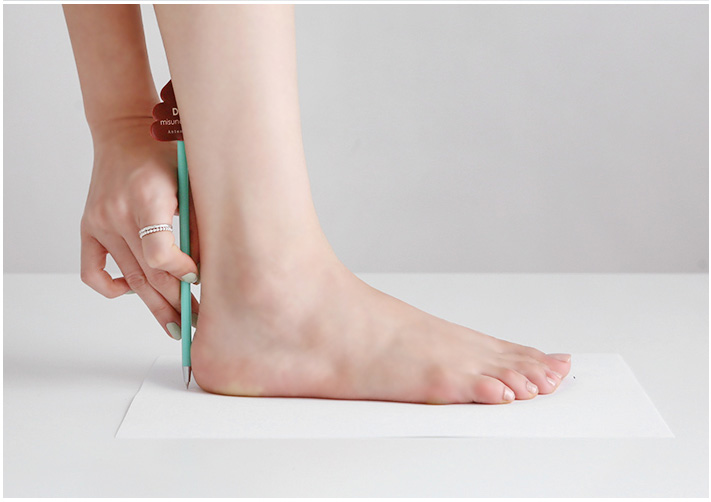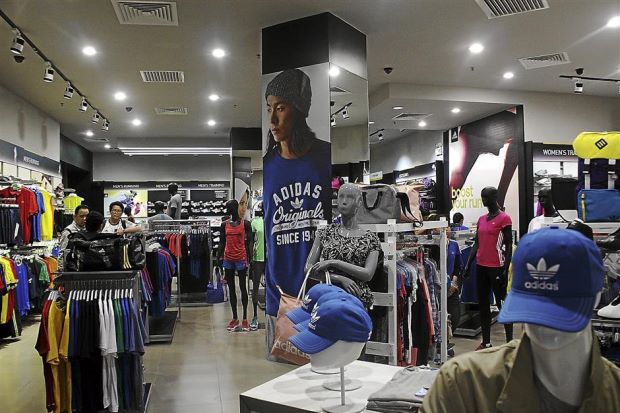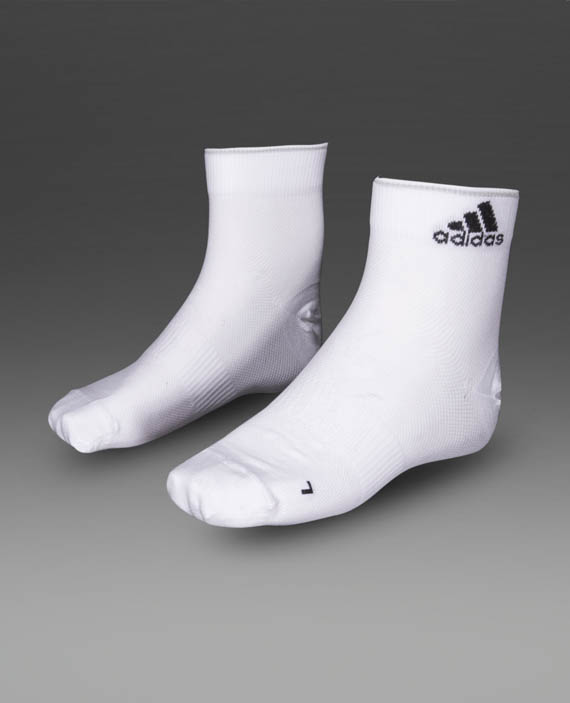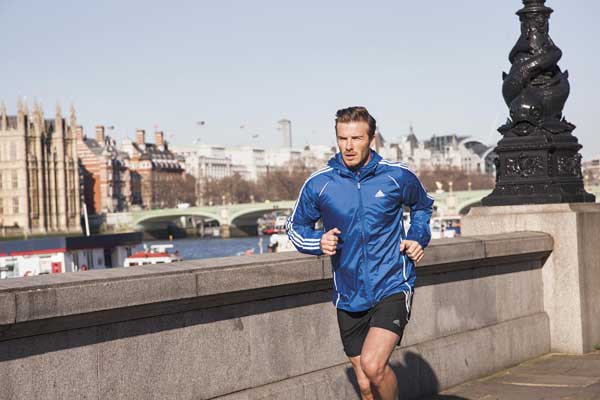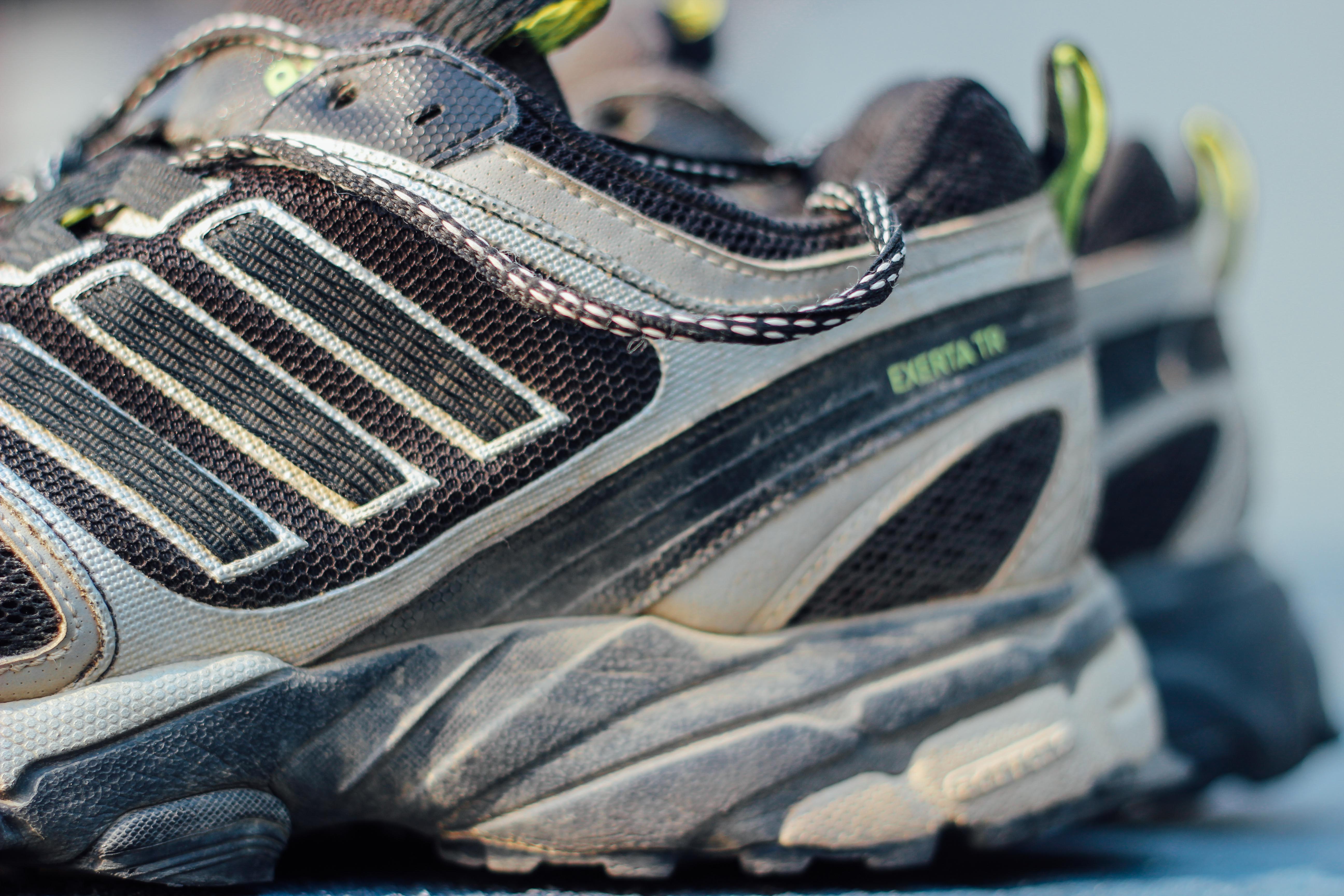8 Things You Need To Get Right The Next Time You Buy Running Shoes
Never be caught with blisters again!
Buying a good pair of running shoes is an investment worth making, but which should you go for? Which kind of shoes would suit your foot type and running style?
To ensure you have a blister-free run, you need to make sure your running shoes fits properly from heel to toe. Here are some noteworthy things to take note of:
1. Know your foot type
Flat/Low: If you have a flat foot, expect to have very low or non-visible arches, leaving imprints that are nearly whole, appearing much like the entire sole of the foot. Flat feet are usually more flexible and likely to overpronate.
Normal/Medium: If you have normal feet, expect to have moderate to average arch sizes, leaving an imprint that shows only the heel and forefoot connected by a wide band. Runners who have normal feet usually have a semi-flexible arch, but they should choose stability shoes for their support.
High: If you have high foot, expect to have high arches that are more rigid and do not typically pronate enough to effectively absorb shock. For this reason, runners with high arches often require shoes with extra cushioning.
2. Always measure your foot frequently
"It's a myth that foot size doesn't change in adulthood. It does change as people get older, so it's important to measure your feet twice a year. Sizes also vary between brands, so make sure you go by what fits, not by what size the shoe is," said Steven Raiken, a director of the foot and ankle service at the Thomas Jefferson University Hospital in Philadelphia.
3. Make it a point to shop later in the day
Feet swell over the course of the day; they also expand while you run or walk, so shoes should fit your feet when they're at their largest. To get the proper fit, shopping in evening or night would be optimum.
4. Don't buy a pair of shoes that fit perfectly
Most people are good to go with a half-size larger than whatever they typically wear, so you have ample room for your feet to move around freely. If you run ultra-long distances, though, your feet will swell even more, so try to get a full size larger.
5. Wear your running socks during shoe fitting
You should always wear the socks that you intend to run in when you go for a shoe fitting. The thickness of your sock can make a big difference to the fit and feel of your shoe, particularly as your feet expand in the heat.
6. Select the right pair for the terrain you run in
Consider where you're actually going to be running and buy shoes that will be suitable for the terrain. If most of your training is off-road, then road shoes with built-up heels are unsuitable because you will be more unstable and could potentially turn an ankle.
Similarly, a pair of out-and-out fell shoes with deeply studded outsoles will be very uncomfortable on tarmac, as the studs will press into the soles of your feet.
7. Bring along your old shoes to the shop
Let the shop take a look at your old shoes to get a better understanding of your style of running, foot strike, and foot type. Wear patterns on the tread and overstretching on the sides of the shoes can tell them where you land and how your foot moves when you run.
8. Don't over-extend your shoe life
"You only get two feet in this life, take care of them."
Don't go with one pair of shoes over another simply because of price. Once you rack up 400km to 500km on your sneakers, or once the treads and cushioning seem to be fading, buy another pair. You will prevent injury from the wear and tear on your muscles and joints, and ultimately, save money by preventing a trip to the doctor.


